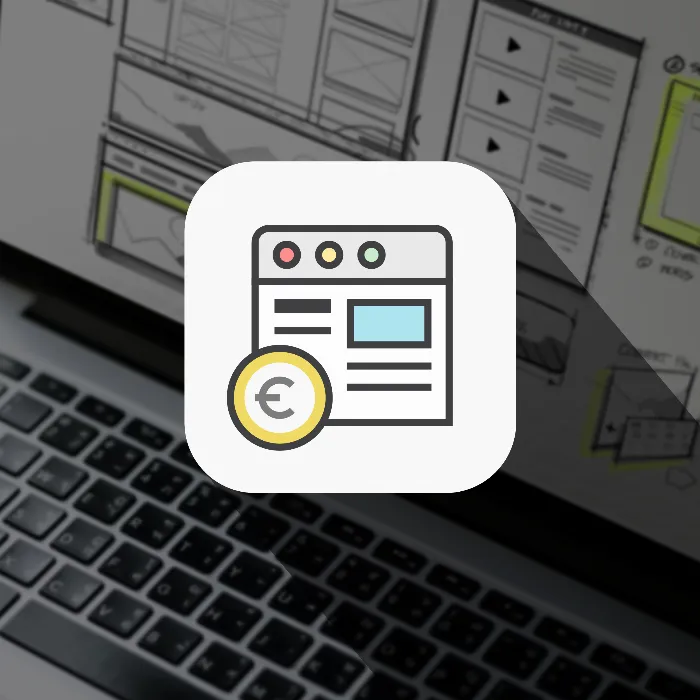In content marketing, concepts like the traffic funnel and the traffic circle play a crucial role. While the traffic funnel has been used for years as a proven model for generating leads and ultimately sales, the traffic circle represents a novel construct aimed at retaining customers long-term and maintaining a lasting relationship. In this guide, I will explain the differences between these two concepts and show you how to effectively use the traffic circle.
Main Insights
- The traffic funnel has a clear entry and exit, while the traffic circle acts as an endless construct.
- In the traffic funnel, the strategy focuses on immediate sales, whereas the traffic circle places more emphasis on brand loyalty and long-term contact with subscribers.
- Through the traffic circle, you can interact across different platforms, exchange traffic, and promote your products in the long term.
Step-by-Step Guide
1. Understand the Concept of the Traffic Funnel
It is important to understand the classic model of the traffic funnel. This approach may involve generating traffic through social media platforms like Twitter and LinkedIn to direct visitors to your website. There, you attempt to generate leads, which can be email addresses, phone numbers, or other contact details. The final step is selling your products.

2. Identify the Weaknesses of the Funnel
The drawback of the traffic funnel is that customers often disengage after making a purchase. This means that engagement ends after a sale. The funnel primarily focuses on quick sales without considering long-term customer retention.
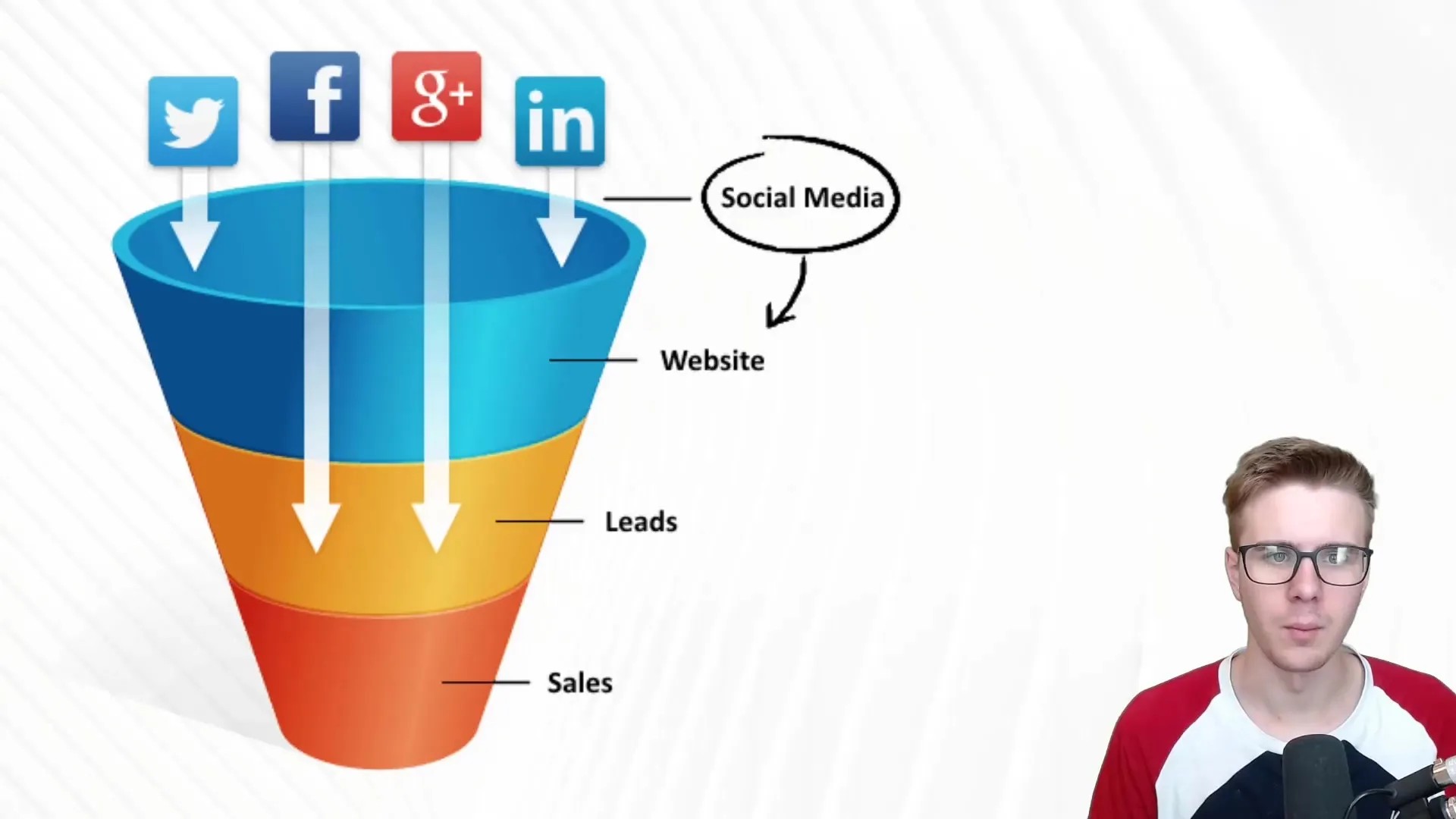
3. Discover the Concept of the Traffic Circle
Unlike the funnel, the traffic circle is a circular model aimed at keeping customers within an endless cycle. Each platform supports one another by directing attention to both the products and the brand. This creates a continuous exchange of subscribers and traffic across platforms.
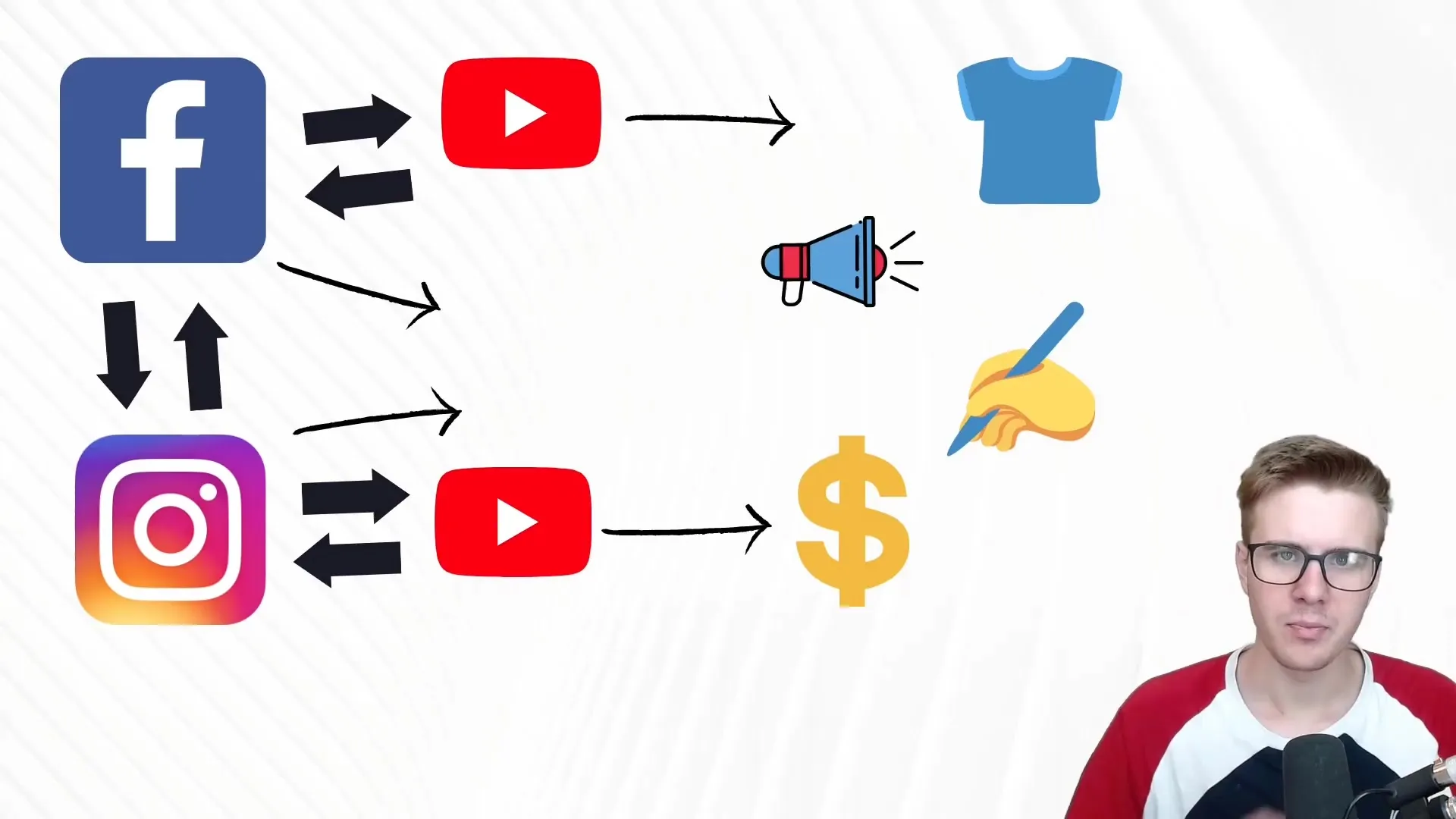
4. Leverage the Cross-Promotion Potential
An essential advantage of the traffic circle is the cross-promotion potential. On platforms like YouTube, Instagram, Twitter, and others, you can promote not only your products but also direct users to other platforms. This way, you stay in touch with your customers and strengthen brand presence across various channels.
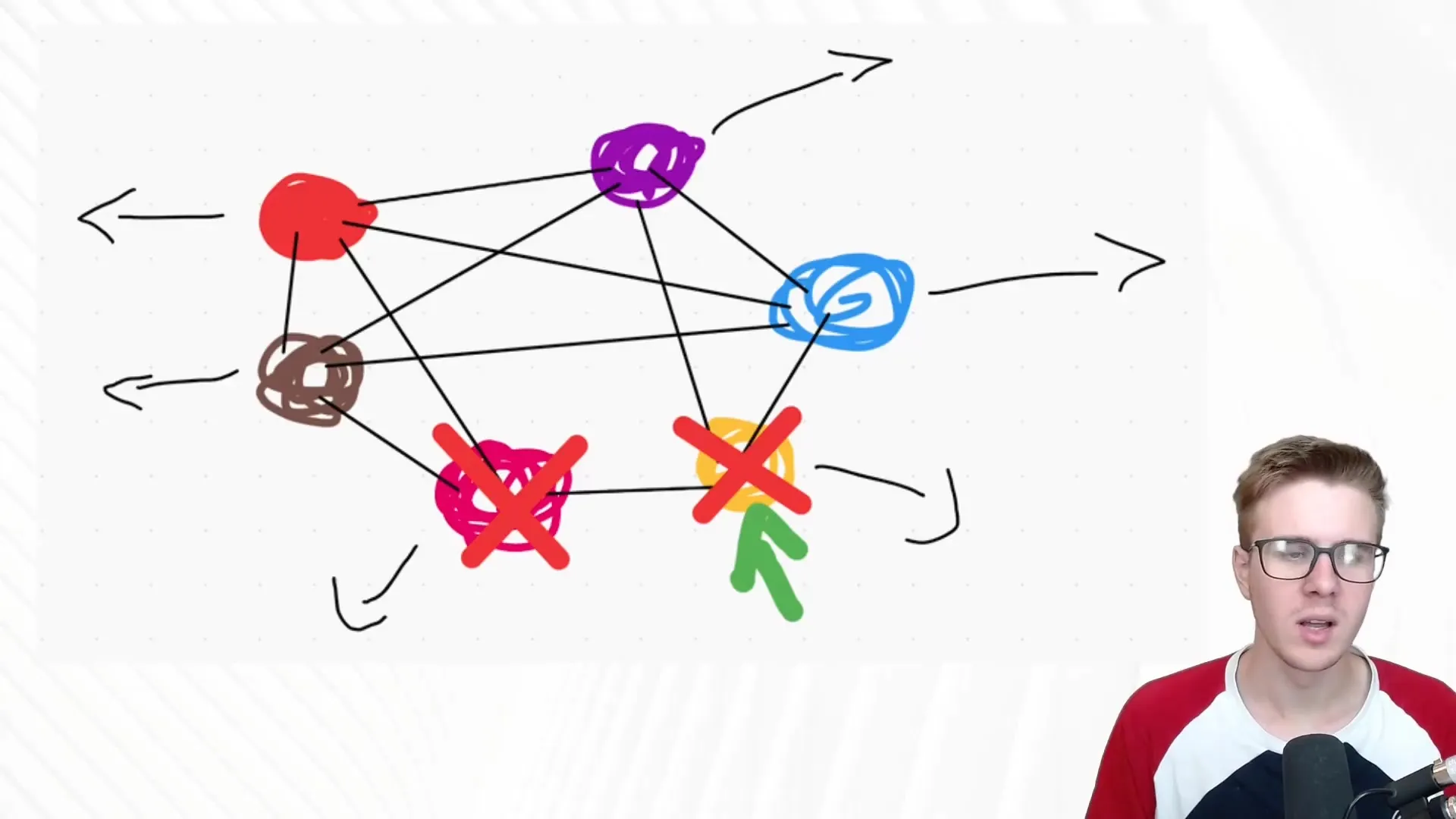
5. Focus on Sustainability
In the traffic circle, the focus is on brand loyalty. You want people not only to make a one-time purchase but to stay in contact with your brand permanently. This means you should design your content to be valuable and engaging to retain your customers over the long term.
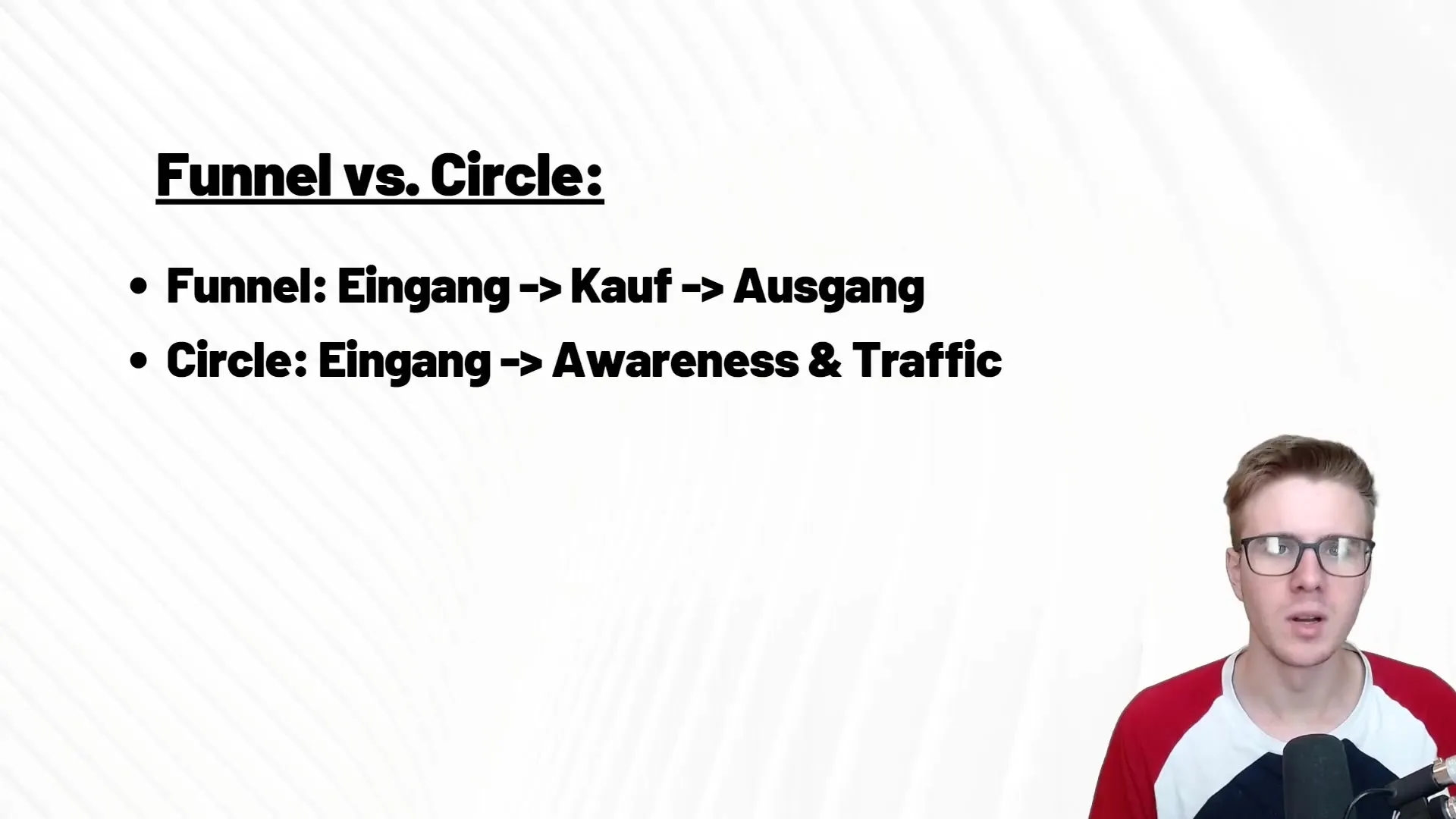
6. Integrate Content Marketing Strategies
To effectively implement the traffic circle, integrate effective content marketing strategies. Use blogs, social media posts, videos, and newsletters to regularly reach your customers and provide them with value. Ensure that each piece of content encourages interaction and prompts exchange.

Summary
In this guide, you have learned that the traffic funnel and the traffic circle represent fundamentally different approaches in content marketing. While the funnel focuses on short-term sales, the circle aims for long-term customer retention through constant contact and interaction. You have explored the structure and functionality of both models and learned strategies to implement the traffic circle into your marketing plan.
Frequently Asked Questions
What is a Traffic Funnel?A traffic funnel is a marketing model aimed at converting visitors through various stages to leads and sales.
How does the Traffic Circle differ from the Funnel?The Traffic Circle promotes lasting customer loyalty, while the Funnel focuses on one-time sales.
How can I use the Traffic Circle in my marketing strategy?Use cross-promotion across various platforms, create valuable content, and maintain contact with your customers.
